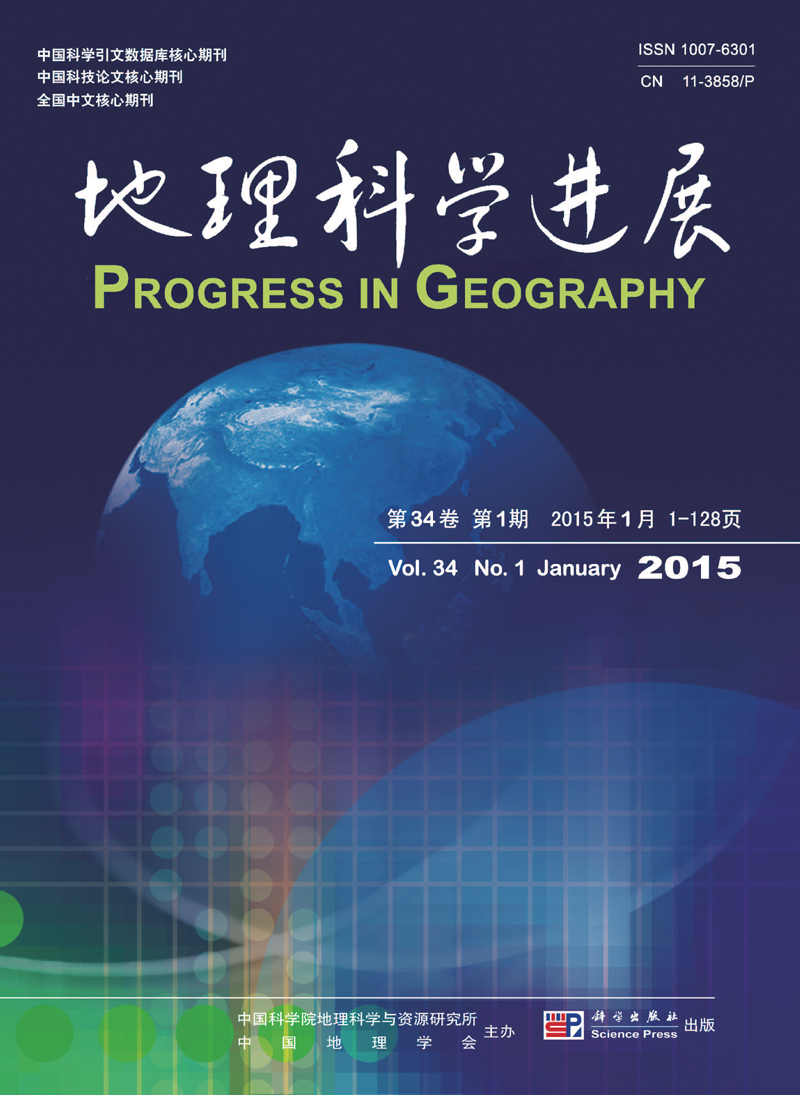Application of GIS
BI Shuoben, JI Han, CHEN Changchun, YANG Hongru, SHEN Xiang
In order to model the optimal discretization of site-river distance of prehistoric settlements and to obtain a quantitative characterization of the correlation between sites and river, this paper takes Lushi County of Henan Province as an example and uses the method of geographical detector for analysis. The model is to discrete the continuous geographic data based on the values. Based on this analysis, the paper discusses the performance of four classification methods (Equal Interval—EI, Quantile Value—QV, Natural Break—NB, and Geometrical Interval—GI) in the model for the Peiligang period, the Early Yangshao period, the Late Yangshao period, and the Longshan period. It then analyzes the structure, development pattern, distribution, and scope of the settlements for a better understanding of the human-environment relationship in prehistoric settlements from the perspective of societal organization and development state and cultural and behavioral patterns of humans in prehistoric time. The results show that: (1) Optimal discretization of site-river distance is realized using the classification method of NB, QV, NB, and GI with class number of 8, 8, 8, and 6 for the four periods. The power of this determinant for determining the density of sites is 39.5%, 70.8%, 73.0%, 59.8%; (2) Floods caused the terrace on both sides of the river to collapse gradually and reduced the area of the terrace. In order to gain more living space within the limited area, the sites dispersed along the river. When the terrace area became too small, dispersion along the river was too costly and the ancient settlements began to expand away from the river. Therefore the determining power of the factor of site-river distance first increased and then decreased. (3) In terms of improvement strength, NB/EI>GI>QV; in terms of improvement efficiency, EI/GI>NB>QV; in terms of the power of the determinant, GI>QV/NB>EI; (4) Settlement structure changed from simple, sparse, and loosely structured in the Peiligang period to polarized in the Early Yangshao period, then developed into a stage composed of three segments in the Late Yangshao period. The driving force of settlement development changed from population growth in the early stage to structural change of the society. Settlement distribution and human activities concentrated within 1~2.5 hours walking distance from the river and continued to expand. This is the result of waterborne disease aversion and reflects the ample supply of labor and food resources brought by the optimized division of labor in the society and possibly the invention of new technologies and tools.
